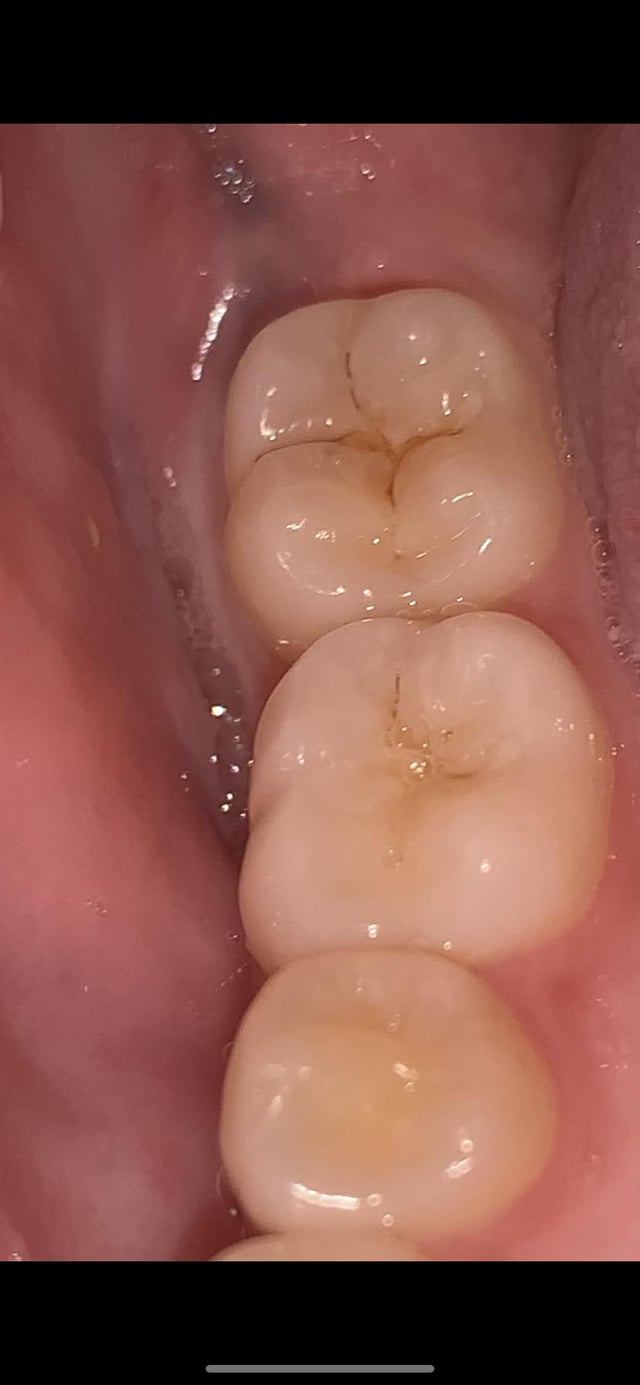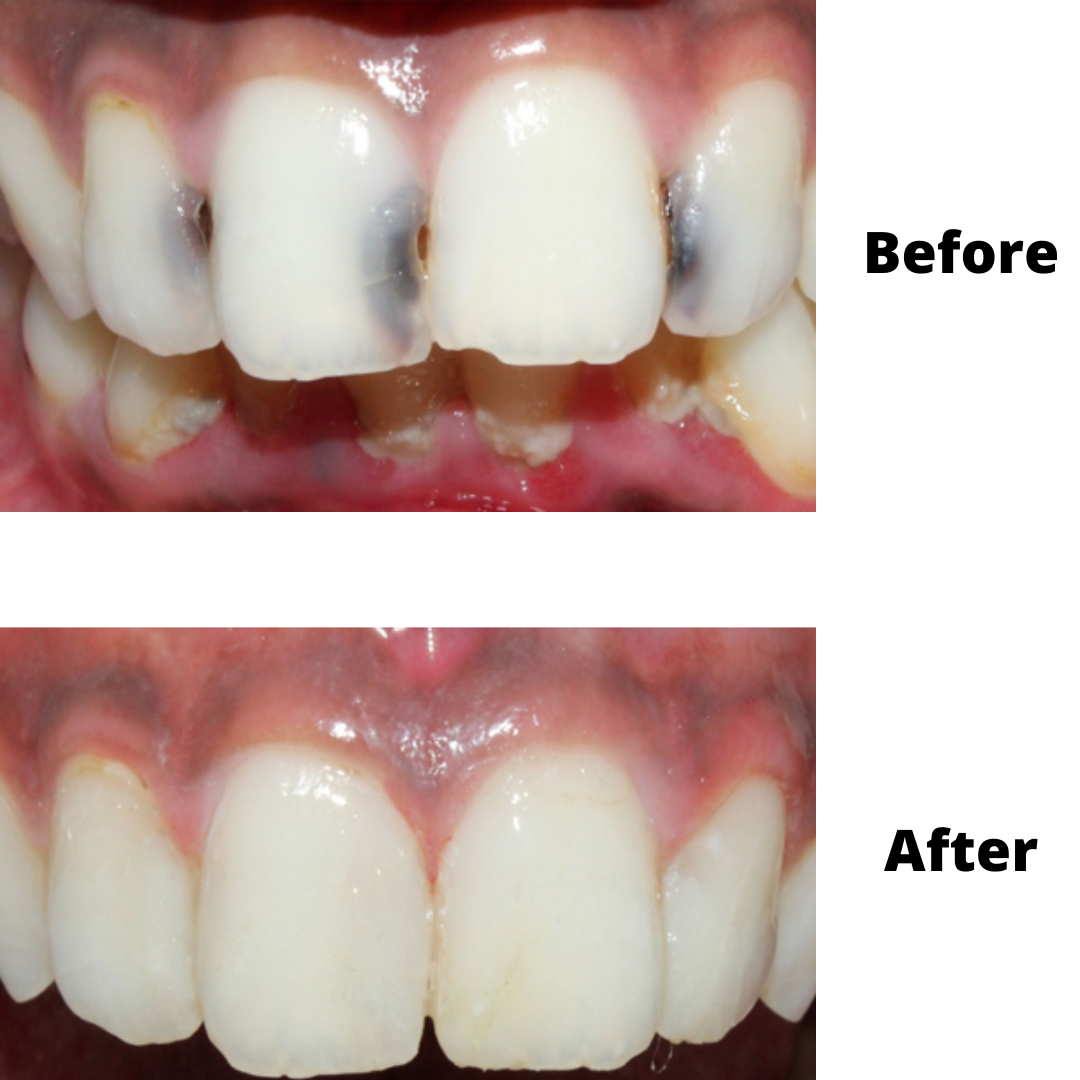Food Stuck In Cavity Hole

The frustrating and sometimes painful experience of having food stuck in a cavity hole. It’s a situation that can be both embarrassing and distressing, especially if you’re in a public place or have an important meeting to attend. But don’t worry, it’s more common than you think, and there are several ways to safely and effectively remove the stuck food without causing further damage to your tooth.
Firstly, it’s essential to understand that cavities are bacterial infections that cause demineralization of tooth enamel, leading to holes or pits in the teeth. When food particles get stuck in these holes, it can be a challenge to remove them, especially if the cavity is deep or the food is sticky. However, it’s crucial to remove the food as soon as possible to prevent further irritation, infection, or even tooth decay.
If you find yourself in this situation, here are some steps you can take to try and remove the stuck food:
- Rinse your mouth with warm water: This can help loosen the food particle and make it easier to remove. Take a mouthful of warm water and swirl it around your mouth, making sure to target the affected area.
- Use a dental pick or interdental brush: These tools are designed to clean between teeth and can be gentle enough to remove stuck food from a cavity hole. Be careful not to push too hard, as you don’t want to damage the surrounding tooth structure.
- Try a waterpik: A waterpik is a device that uses a stream of water to remove plaque and food particles from between teeth and below the gum line. It can be an effective way to dislodge stuck food from a cavity hole.
- Use a piece of dental floss: If the food particle is stuck in a cavity hole between two teeth, you can try using a piece of dental floss to gently coax it out. Wrap the floss around the tooth and gently slide it back and forth, trying to dislodge the food.
- Visit a dentist: If none of the above steps work, or if you’re experiencing pain or discomfort, it’s best to visit a dentist as soon as possible. They can assess the situation and use specialized tools to safely remove the stuck food and examine the cavity to determine the best course of treatment.
It’s also important to note that preventing food from getting stuck in cavity holes in the first place is the best approach. Here are some tips to help you avoid this situation:
- Practice good oral hygiene: Brushing and flossing your teeth regularly can help remove plaque and food particles from your teeth, reducing the risk of cavities and stuck food.
- Avoid sugary and sticky foods: Foods like candy, cookies, and dried fruit can be particularly problematic, as they can easily get stuck in cavity holes.
- Chew slowly and carefully: Take your time when eating, and try to chew your food slowly and carefully to reduce the risk of food particles getting stuck in your teeth.
- Visit your dentist regularly: Regular dental check-ups can help identify cavities early on, and your dentist can provide guidance on how to prevent food from getting stuck in them.
In addition to these tips, it’s also important to understand the importance of treating cavities promptly. If left untreated, cavities can lead to more severe problems, such as tooth decay, infection, and even tooth loss. Your dentist can help you determine the best course of treatment for your cavity, which may include fillings, crowns, or other restorative procedures.
It's essential to remember that cavities are a common problem that can affect anyone, regardless of their oral hygiene habits. However, by practicing good oral hygiene, avoiding sugary and sticky foods, and visiting your dentist regularly, you can reduce your risk of developing cavities and experiencing the frustrating situation of having food stuck in a cavity hole.
In conclusion, having food stuck in a cavity hole can be a frustrating and painful experience, but it’s not uncommon. By following the steps outlined above, you can try to remove the stuck food safely and effectively. However, if the problem persists or you’re experiencing pain or discomfort, it’s always best to visit a dentist for professional advice and treatment. Remember, preventing cavities and stuck food in the first place is the best approach, and by practicing good oral hygiene and visiting your dentist regularly, you can reduce your risk of developing cavities and enjoy a healthy, happy smile.
Q: How can I prevent food from getting stuck in my cavity holes?
+A: To prevent food from getting stuck in your cavity holes, practice good oral hygiene by brushing and flossing your teeth regularly, avoid sugary and sticky foods, and chew slowly and carefully. Additionally, visit your dentist regularly for check-ups and cleanings to help identify and treat cavities early on.
Q: What should I do if I have a cavity and food gets stuck in it?
+A: If you have a cavity and food gets stuck in it, try to remove the food by rinsing your mouth with warm water, using a dental pick or interdental brush, or trying a waterpik. If the food persists or you’re experiencing pain or discomfort, visit a dentist as soon as possible for professional advice and treatment.
Q: Can I use a toothpick to remove stuck food from a cavity hole?
+A: It’s not recommended to use a toothpick to remove stuck food from a cavity hole, as it can damage the surrounding tooth structure or push the food further into the cavity. Instead, try using a dental pick or interdental brush, which are designed for this purpose and are gentler on your teeth.


